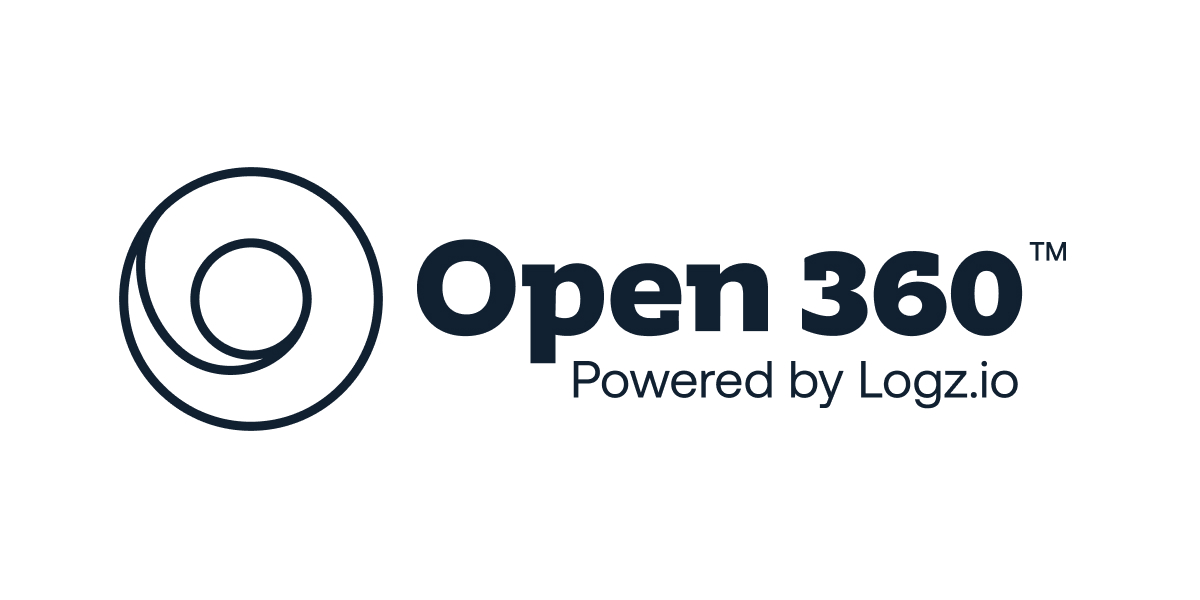We have 1500 servers and 600 applications. They all use Logz.io. Most of our apps have a seven-day retention. We use the product for application health and security compliance. After seven days, it goes to the archive so we can recall if we somehow had a security incident. It’s our only logging solution.
External reviews
External reviews are not included in the AWS star rating for the product.
Few years working with logzio
- reliable
- easy to integrate
- uses opensearch, so easy to find documentation
- cumbersome UI
- AI tools not really usable
Perfect for handling a wide amount of data
Manage your log streams easily with Logz.io
Easy to check and fix
memory
Monitor Account Usage
Nice tool for log structure
analyzing log
log report
Great tool for easy logs management
Perfect monitoring log management tool
Horrible experience - Admin account couldn't cancel no refund didn't t use it
The solution is a consistent logging platform that provides excellent query mechanisms
What is our primary use case?
How has it helped my organization?
The query mechanism for response codes and application health is valuable. It can predetermine if we have a problem or if the error count goes up. It is our standard logging solution. It egressed out our various networks, whether PCI or non-PCI, consistently.
The product provided us with a consistent logging platform. Our engineers and app owners are really educated on it. Even though we’re the product owner, the app teams often use it for performance problems like service times and consistency of application health.
What is most valuable?
We can query a lot of data points and build dashboards. The vendor is good at adjusting their models. Most companies want us to forecast our yearly use and pay it upfront on day one.
With Logz.io, we commit to use 14 TB in a year. However, they measure us every month and give us a monthly bill. Depending on our monthly usage, we pay for 14 TB divided by 12 months or a little extra. It's a little bit more like AWS. Other solutions do not do it. They want their money upfront.
We really like the dashboards. We have 36 sub-accounts. Each sub-account is an app, and we could put restrictions on that app. Previously, there were capacity restrictions on the sub-accounts.
If we have a sub-account of 1 TB and use only 100 GB, we waste 900 GB that day. We could not share it between sub-accounts. Now, they provide an overhead volume. We do a reserve, and any sub-account could use anything over the reserve. It utilizes our footprint better.
What needs improvement?
Capacity planning could be a little bit of a struggle. The product must add some AI capabilities to learn from previous behaviors. Instead of us setting thresholds, the tool should learn the thresholds, notice when we are out of the normal thresholds, and fix it.
For how long have I used the solution?
I have been using the solution for four to five years. We are using the latest version of the solution.
What do I think about the stability of the solution?
I rate the tool’s stability an eight out of ten. There have been some times when queuing has occurred. For example, when we send a message, it takes a certain amount of time for it to pop up on the dashboard. It doesn't happen very often, but they notify us.
What do I think about the scalability of the solution?
I rate the tool’s scalability an eight out of ten.
How are customer service and support?
The support is great. We meet weekly.
How would you rate customer service and support?
Positive
Which solution did I use previously and why did I switch?
We used Dynatrace. Now, Dynatrace has a competitive log solution. If we have our application monitoring and logging on one tool, it would give us stronger visibility. It is a potential option for us.
How was the initial setup?
The initial deployment was pretty straightforward. The hardest part was figuring out how to egress and working with every development team to change the logging endpoints. We used F5 before. Since it is a SaaS solution, the vendor does all the upgrades and enhancements.
What was our ROI?
We have seen a return on investment. It has provided us with proactive monitoring. We could have had many outages that would have cost us hundreds and thousands of dollars an outage.
What's my experience with pricing, setup cost, and licensing?
The product is a little expensive. We're pushing 17 TB. It costs us one and a half million dollars a year.
What other advice do I have?
People who want to use the product must work on their financials and go a little thin on particular apps. They must educate the app teams and empower them to use the query capabilities. Overall, I rate the tool an eight out of ten.
